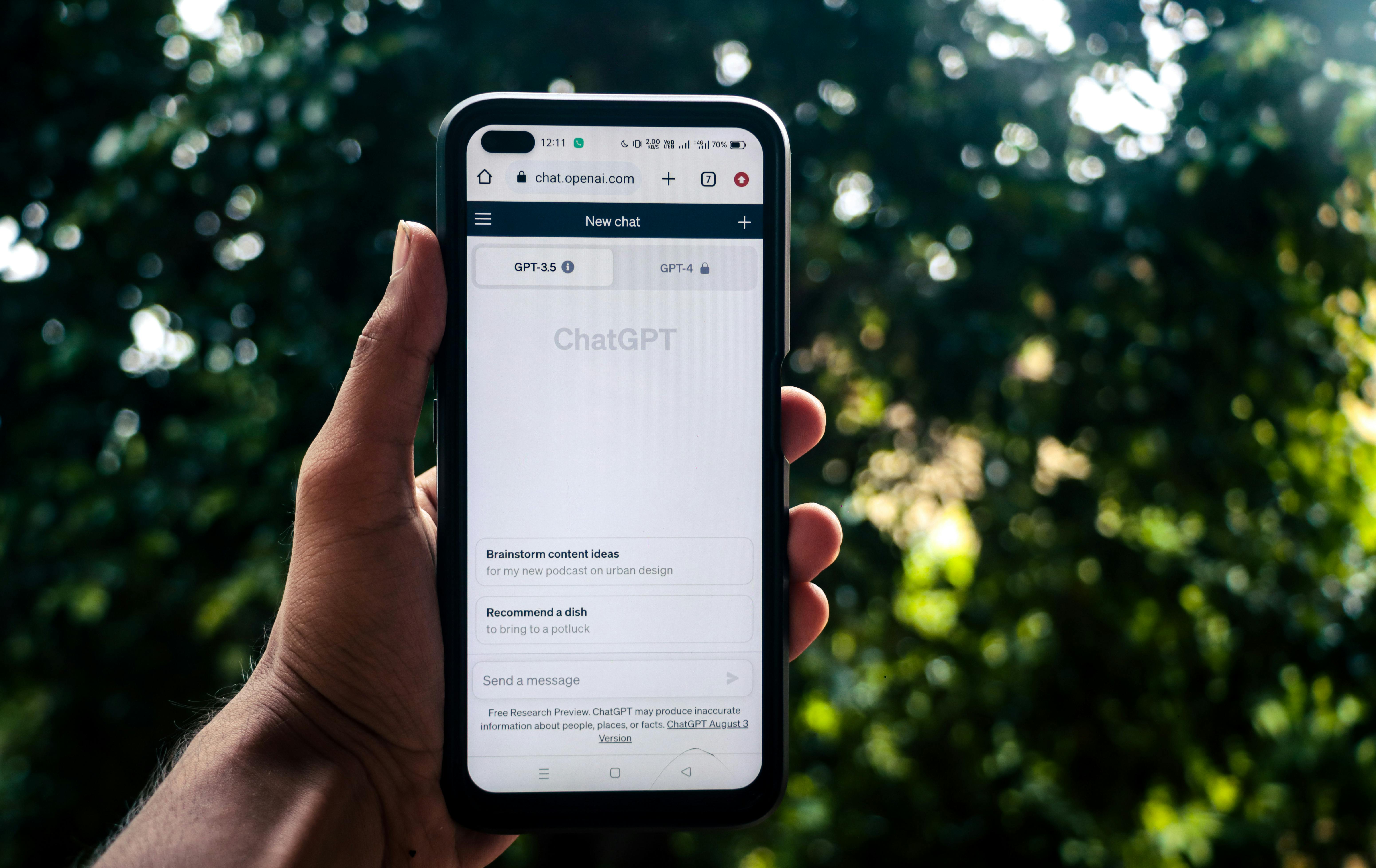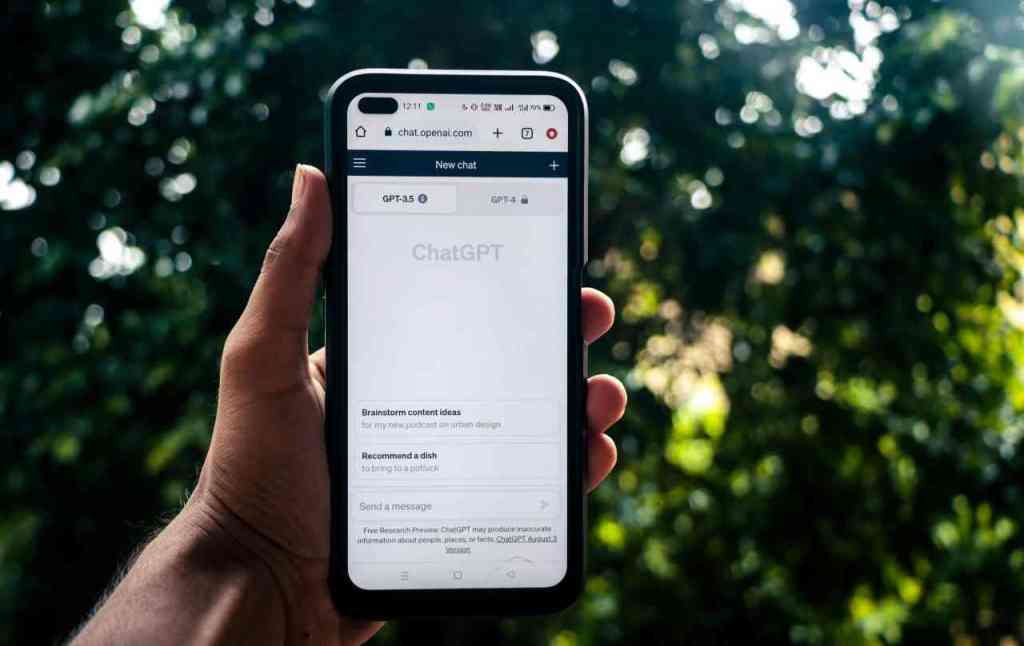
The Critical Shift: Why Quick Conversion Trumps Long Browsing
The analytical community is collectively rejecting metrics that only suggest superficial engagement. We need to talk frankly about the “time on site” obsession. Yes, in some content-heavy environments, a long session duration is positive, with the average across industries hovering near 2 minutes and 17 seconds. However, for a B2C business focused on transactions, this metric is dangerous when viewed in isolation.
The key is to link time to intent. A long session on an e-commerce site often means one of three things:
The insight that challenges convention is this: A user who quickly finds the exact item they need and converts immediately represents a superior outcome for your bottom line than a user who browses aimlessly for 15 minutes before leaving without purchasing. The first user is happy, retained, and ready to advocate. The second user cost you ad spend (if paid), inflated your session duration metric, and provided zero revenue. That is the definition of a vanity metric inflating your internal reports.
Instead of celebrating a low bounce rate achieved by a site that *forces* users to click to other pages, celebrate a low Cost Per Conversion (CPC) achieved by a site that gets users to their goal in the minimum number of clicks. This is the true measure of a conversion-optimized, loyalty-building digital front door.
Practical Implications for Business Application and Future Trajectory. Find out more about How customer loyalty drives new user acquisition guide.
The synthesis of this analytical work culminates in clear, non-negotiable directives for the two primary audiences responsible for digital execution: marketing leadership and the web solution developers. Success in 2025 hinges on the alignment between these two groups.
Operationalizing Findings for Marketing Leadership
For marketing managers operating within B2C organizations, the study provides a validated roadmap for resource allocation. Leadership must stop viewing marketing as a series of discrete campaigns and start seeing it as a unified customer lifecycle management system where retention amplifies acquisition.
Here is your mandate:. Find out more about How customer loyalty drives new user acquisition tips.
This requires a strategic commitment to nurturing the entire customer lifecycle, recognizing that retention is not just a cost-saving measure—it is the single greatest growth driver available in a high-CAC environment.. Find out more about How customer loyalty drives new user acquisition strategies.
Directives for Web Solution Developers and Technological Alignment
The insights hold specific importance for the technical teams building the foundation. Developers are tasked with creating the technological canvas upon which the marketing strategy can be deployed, personalized, and measured effectively.
The requirements for companies aiming to optimize conversions demand an architecture that supports this modern reality:
This collaboration between strategic insight and technical execution—ensuring the digital front door is always open, fast, and accessible to every potential user regardless of their access method—is what ultimately translates analytical findings into tangible competitive advantage in the modern economy.
Conclusion: Retention is the New Acquisition Currency. Find out more about B2C conversion optimization metrics vs vanity stats insights guide.
As we step further into 2025, the line between retention marketing and acquisition marketing has effectively dissolved. The company that wins the next round of market share won’t be the one with the biggest ad spend, but the one whose most satisfied customers do the heavy lifting for them. Loyalty is your organic growth budget. Optimized technology—especially mobile-first design and AI-driven personalization—is the engine that captures and retains that loyalty.
Key Takeaways to Implement Today:
1. Re-Weight Your Metrics: Shift your analytics team’s focus away from pure “time on site” and toward “Conversion Rate” and “Customer Lifetime Value (CLV).” A quick, happy purchase is always better than prolonged, non-committal browsing.
2. Empower Your Advocates: Dedicate budget to structured customer advocacy programs. Remember, every loyal customer you delight cuts your overall CAC burden. A happy customer is a living advertisement that costs less than a click.
3. Audit Your Mobile Performance (Ruthlessly): If your mobile load time is over two seconds, you are bleeding potential revenue. A 1-second delay can slash conversions by up to 7%. Fix this before you spend another dollar on driving traffic.
4. Treat AI as Infrastructure: Ensure your developers build the data pipes necessary for AI personalization and churn prediction. Over 90% of businesses say AI-driven personalization is critical for growth in the next three years. Don’t wait.
Call to Action: Which of these three areas—Metric Reframing, Advocacy Empowerment, or Mobile/Tech Audit—is the weakest link in your organization right now? Share your biggest challenge or your most successful loyalty-to-acquisition story in the comments below. Let’s keep this critical conversation moving forward!
